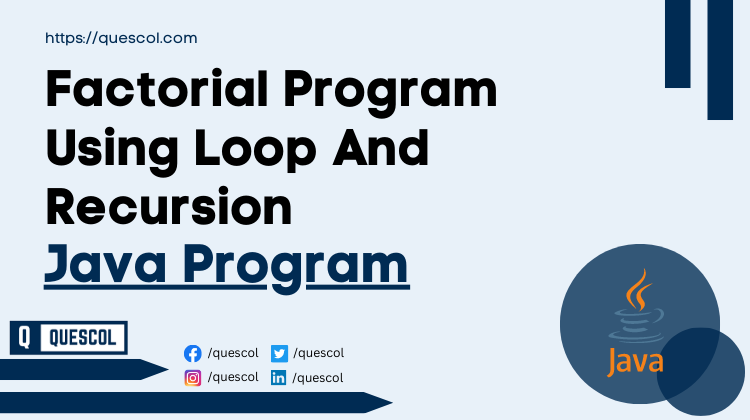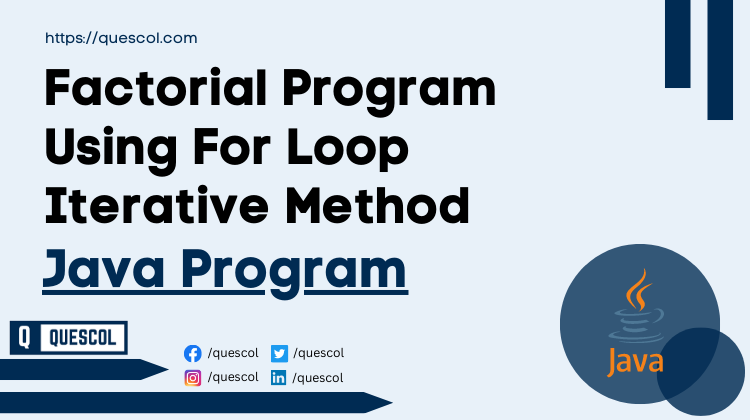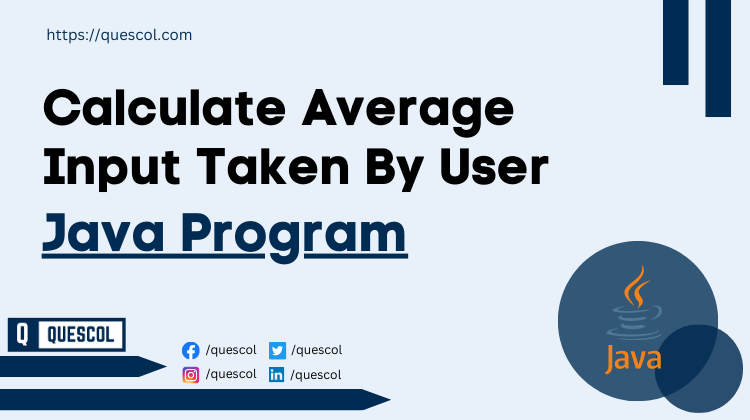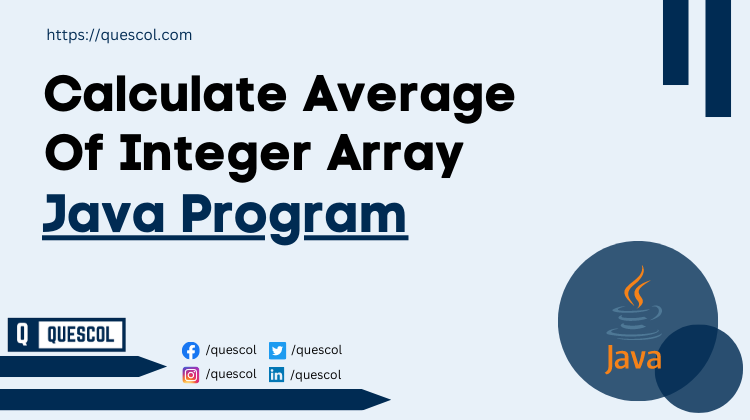Factorial Program in Java using While loop iterative method
In this tutorial we will learn writing Java program to calculate Factorial of given number using while loop. Here basically we will be using iterative approach which is different from recursive approach. Please check this Program Factorial Program in java using recursive method. Factorial Program in Java using for loop iterative method. Factorial Program in … Read more






